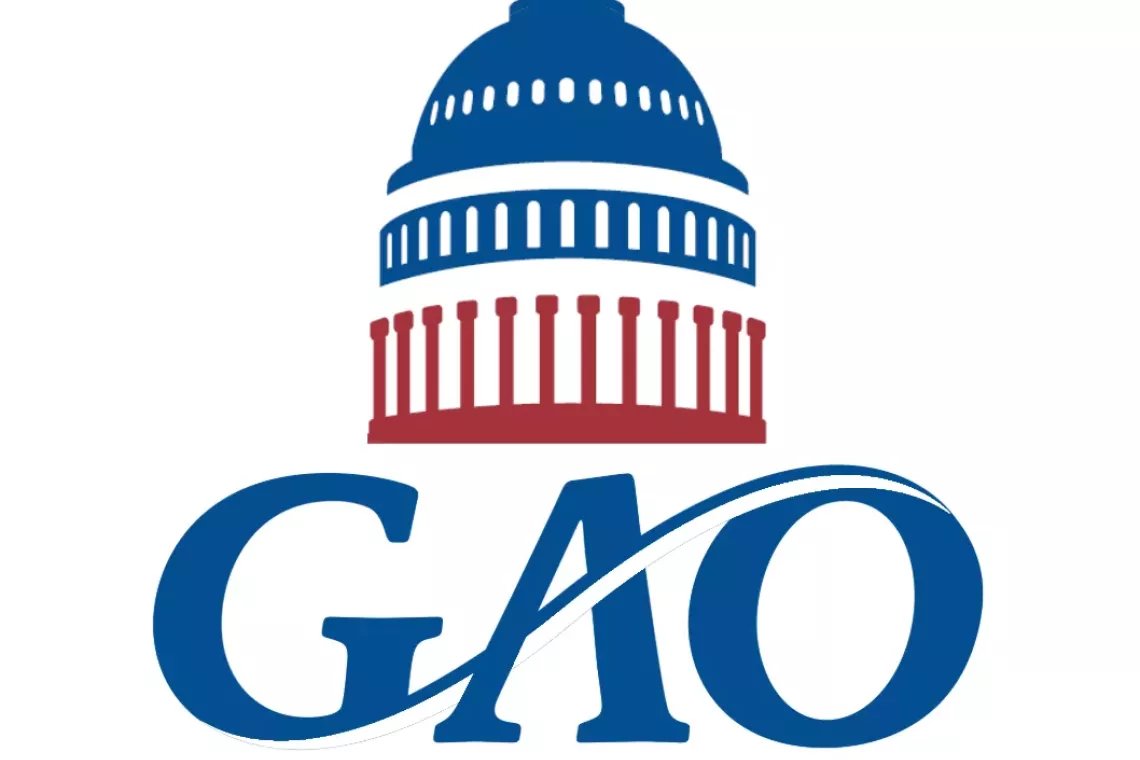What is the Defense Production Act, and how is it being used in response to COVID-19?
On March 27, the administration announced it would use the Defense Production Act in response to COVID-19 (coronavirus). The President directed the Department of Health and Human Services to work with General Motors to prioritize the production of ventilators that could be used to help a growing volume of patients experiencing respiratory issues.
The action comes amid reported shortages in medical resources, such as masks and ventilators.
Today’s WatchBlog takes a closer look at the Defense Production Act. How does it work and when has it been used in the past?
What is the Defense Production Act?
In 1950, during the Korean War, Congress enacted the Defense Production Act to ensure the availability of industrial resources to meet wartime needs. Over time, the act has been amended to include the energy supply, emergency preparedness, and critical infrastructure protection and restoration activities. These additions were made with the goal of allowing civilian agencies to rapidly respond to crises such as natural disasters and terrorist attacks.
Today, only 3 parts of the act remain in effect. They allow the President to:
- require preferential performance on government contracts with private companies,
- provide financial incentives to increase production capabilities for critical security needs, and
- collect information related to domestic industrial base issues.
When has the Defense Production Act been used?
The Department of Defense routinely uses the Defense Production Act to place priority ratings on contracts, ensuring preferential delivery of industrial resources and capabilities for defense needs. For example, Defense used the act to support the creation of the Integrated Ballistic Missile Defense System, the B-2 Bomber, and for updates to Air Force One, according to the Congressional Research Service.
However, less common is using the act during domestic emergency situations.
In 2017, the Federal Emergency Management Agency (FEMA) used the act to respond to Hurricane Maria in Puerto Rico—providing contracts for manufactured housing, food and water, and restoration of electricity to the island.
Check out our report from 2008 to learn more about the Defense Production Act, including the oversight of its use.
- Comments on GAO’s WatchBlog? Contact blog@gao.gov.
GAO Contacts
Related Products

GAO's mission is to provide Congress with fact-based, nonpartisan information that can help improve federal government performance and ensure accountability for the benefit of the American people. GAO launched its WatchBlog in January, 2014, as part of its continuing effort to reach its audiences—Congress and the American people—where they are currently looking for information.
The blog format allows GAO to provide a little more context about its work than it can offer on its other social media platforms. Posts will tie GAO work to current events and the news; show how GAO’s work is affecting agencies or legislation; highlight reports, testimonies, and issue areas where GAO does work; and provide information about GAO itself, among other things.
Please send any feedback on GAO's WatchBlog to blog@gao.gov.




